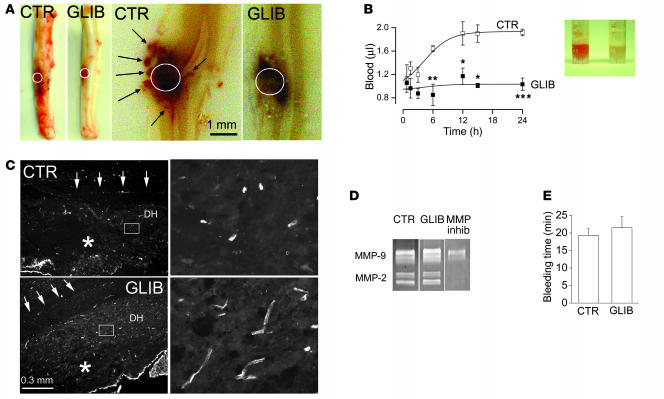Figure 3. Block of SUR1 reduces hemorrhage after SCI.
(A) Whole cords and longitudinal sections of cords 24 hours after SCI, from vehicle-treated control and glibenclamide-treated rats. White circles indicate site of impact; arrows denote petechial hemorrhages. (B) Cord homogenates in test tubes at 24 hours (inset) and spectrophotometric measurements of blood in cord homogenates at various times after SCI from vehicle-treated (n = 66) and glibenclamide-treated (n = 62) rats. *P < 0.05, **P < 0.01, ***P < 0.001 versus control. (C) Cord sections immunolabeled for vimentin to show capillaries from SCI rats treated with vehicle or glibenclamide; arrows indicate the central canal. Right panels are higher-magnification images of boxed areas in left panels. Images are representative of findings in 6 rats per group. Asterisks indicate lesion core at impact site. DH, dorsal horn. (D) Zymography of recombinant MMP-2 and MMP-9 performed under control conditions, in the presence of glibenclamide (10 μM), and in the presence of MMP inhibitor II (MMP inhib; 300 nM). (E) Bleeding times in uninjured rats infused with vehicle or glibenclamide (n = 3 per group). Error bars indicate SEM. Scale bars: 1 mm (A); 0.3 mm (C, left panels). Original magnification, ×40 (C, right panels).

